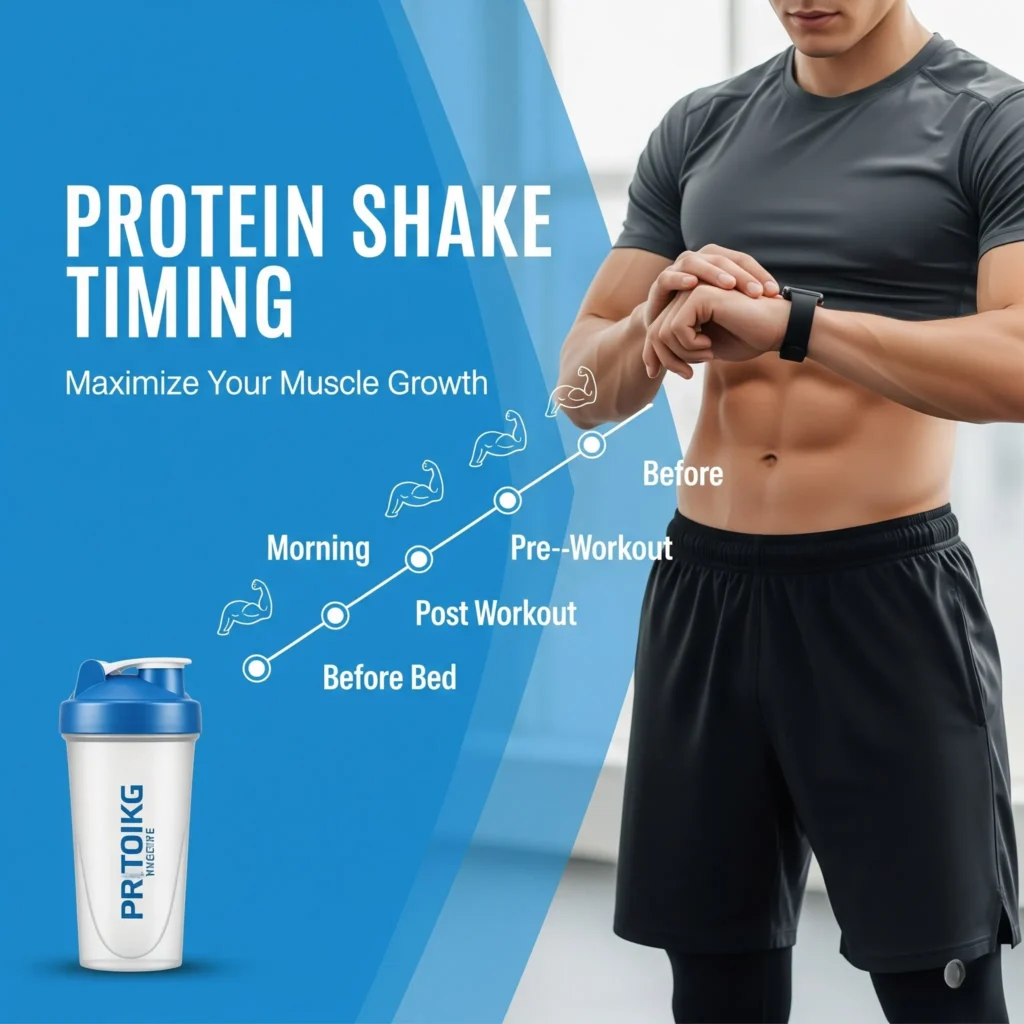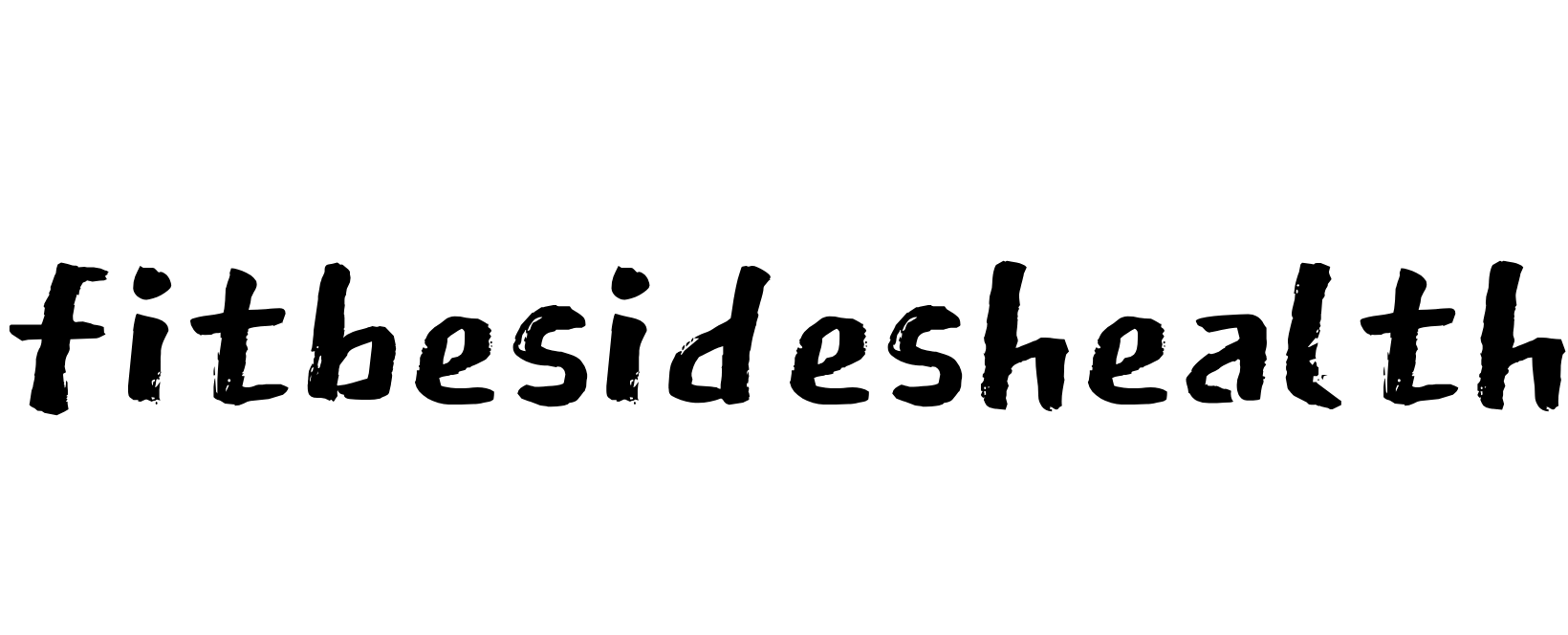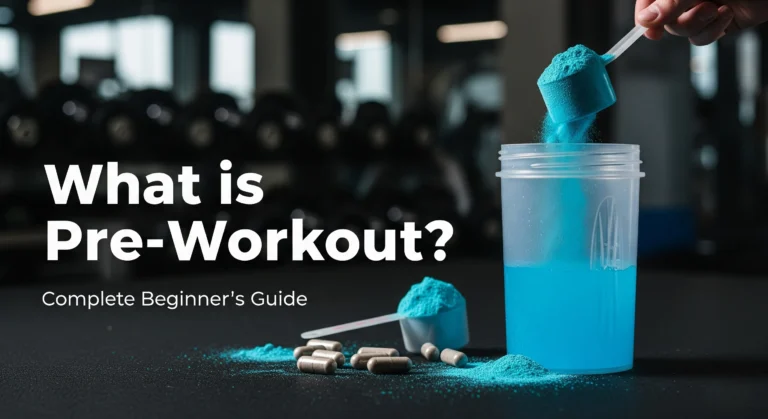
Have you ever stood in your kitchen, protein shaker in hand, wondering if you’re drinking it at the right time? I know I have! For years, I was practically sprinting to my protein shake after workouts, terrified of missing that magical “anabolic window.” Turns out, I was stressing way too much about timing — but that doesn’t mean timing doesn’t matter at all!
The supplement industry has bombarded us with countless rules about protein timing, but recent research has seriously changed the game. As someone who’s been in the fitness world for over 15 years (and made pretty much every protein mistake possible), I’m excited to share what actually matters when it comes to protein shake timing in 2025.
Whether you’re looking to pack on serious muscle, recover faster between workouts, or just make the most of your supplement investment, the timing of your protein intake can make a difference — just not always in the ways you might expect! Let’s break down the science and practical applications of when to slam those shakes for maximum gains!
The Post-Workout Anabolic Window
I still remember frantically mixing my protein shake in the gym parking lot, convinced I’d lose all my gains if I didn’t get protein within 30 minutes of my last rep. Man, was I obsessive about it! But here’s the truth about that famous “anabolic window” we’ve all heard about.
- The traditional view: For decades, we believed there was a critical 30-45 minute window after training where protein intake was absolutely essential for muscle growth
- What current research shows: The anabolic window is much wider than previously thought — likely extending to 2-3 hours for most people
- Protein synthesis activation: Your muscles remain sensitized to protein for several hours post-workout, not just the first 30 minutes
- Workout intensity factor: The more intense your workout, the longer your muscles remain receptive to protein utilization
- Fasted vs. fed training: The window is more critical if you train fasted; less urgent if you’ve eaten before your workout
Recent research from the International Society of Sports Nutrition has shown that total daily protein intake is more important than precise timing for most recreational lifters. That said, I’ve found that getting protein relatively soon after training (within 1-2 hours) still feels optimal for my recovery.
The one time I absolutely don’t skip post-workout protein? When I’ve done a particularly grueling strength session. After heavy compound lifts that really break down muscle tissue, I definitely notice better recovery when I get protein in within that first hour.
For most of us, aiming to consume protein within 2 hours of training provides a practical approach that captures the benefits without the stress of rushing. The good news is you’re not going to “miss your gains” if you can’t immediately down a shake!
Pre-Workout Protein Strategies
I used to think pre-workout nutrition was all about carbs and caffeine. Big mistake! Adding protein before training has been a game-changer for my sessions.
- Preventing muscle breakdown: Consuming protein before workouts can help minimize muscle protein breakdown during training
- Amino acid availability: Pre-workout protein ensures amino acids are readily available when your muscles need them
- Timing options: 30-60 minutes before training is generally ideal for most protein sources
- Digestion considerations: Whey isolate digests faster than casein or whole food proteins
- Combining with carbs: Pairing protein with carbohydrates before training can enhance performance and recovery
The research on pre-workout protein is pretty clear — having amino acids already circulating in your bloodstream during training creates an optimal environment for muscle preservation and growth. I’ve found that about 20-25 grams of protein roughly 45 minutes before training works best for me.
I learned this lesson the hard way when I used to train early mornings completely fasted. My strength would tank by the end of those sessions, and my recovery was trash. Worst of all, I felt like I was fighting an uphill battle to maintain muscle. Adding a protein shake before those morning workouts completely transformed my experience!
One thing to consider is how your stomach handles protein before training. Some people (like me!) do great with a quick whey isolate shake before the gym, while others might prefer a slower-digesting option like Greek yogurt consumed a bit earlier before their workout. It’s really about finding what works for your digestion and schedule.
Protein Before Bed
Not gonna lie — adding a before-bed protein shake has been one of the best changes I’ve made to my supplement routine in recent years.
- Overnight muscle recovery: Sleep is prime time for muscle repair and growth
- Extended amino acid delivery: Slow-digesting proteins provide a steady stream of amino acids during sleep
- Casein benefits: Casein protein is particularly effective before bed due to its slow digestion rate
- Growth hormone synergy: Protein before bed may complement natural nighttime growth hormone release
- Metabolism impact: Contrary to old myths, pre-sleep protein doesn’t negatively affect fat loss
When I first heard about taking protein before bed, I was skeptical. “Won’t eating before bed make me gain fat?” Turns out that’s just an old myth! Research has consistently shown that pre-sleep protein doesn’t cause fat gain, and it does support muscle recovery and growth.
The game-changer for me was switching to casein protein for my nighttime shake. Unlike whey, which gets absorbed quickly, casein forms a gel-like substance in your stomach that digests slowly over 6-8 hours — perfect for that overnight recovery period. I’ve seriously noticed better recovery since making this change, especially on days after heavy leg sessions!
If you don’t have casein protein, don’t stress. You can get similar benefits from cottage cheese (which is naturally high in casein) or even a regular whey shake with a tablespoon of nut butter to slow digestion. The key is giving your body something to work with during those crucial overnight repair hours.
Between-Meal Protein Distribution
I used to be that person who’d eat barely any protein all day, then try to cram it all in at dinner. BIG mistake! Even distribution of protein throughout the day is key for maximizing muscle growth.
- Muscle protein synthesis (MPS) cycles: Your body can only use so much protein at once for muscle building
- Protein threshold per meal: Research suggests 25-40g protein per meal optimally stimulates MPS
- Timing between protein feedings: Spacing protein intake every 3-4 hours maximizes daily muscle building
- Leucine content: Each protein serving should contain ~2-3g of leucine to fully trigger MPS
- Practical application: Most people benefit from 4-5 protein servings daily (including shakes)
Learning about protein distribution completely changed how I approach my nutrition. Instead of two big protein meals, I now aim for 4-5 protein servings spaced throughout the day. For me, that typically looks like breakfast, lunch, a mid-afternoon shake, dinner, and sometimes a casein shake before bed.
The science behind this approach is solid. Your body can only build so much muscle from a single protein feeding (there’s a ceiling effect), so breaking up your intake throughout the day gives you more “muscle-building windows.” If you consume 40g of protein at once, your body won’t use all of it for muscle protein synthesis — but if you have 25-30g at four different times throughout the day, you’ll maximize your results.
I’ve found that having a protein shake ready to go helps enormously with hitting these protein targets consistently. On busy days, I keep a shaker with protein powder in my bag, and just add water when it’s time for that mid-afternoon protein boost. Game-changer for consistency!
Protein Timing for Different Fitness Goals
One thing I’ve learned over the years is that protein timing isn’t one-size-fits-all. Your specific goals make a big difference in how you should approach it.
- Muscle building goals: Higher priority on post-workout and pre-sleep protein
- Fat loss goals: More emphasis on pre-workout protein to preserve muscle during calorie deficit
- Endurance training: Consider protein with carbs during very long training sessions
- Strength focus: Higher protein needs overall, with strategic timing around heaviest training
- Training frequency considerations: Higher training frequency may require more attention to protein timing
When I was focused purely on building muscle, I was religious about my post-workout and pre-bed protein shakes. But during cutting phases, I’ve found that pre-workout protein becomes even more critical to prevent muscle loss during calorie restriction.
For those training multiple times per day (which I tried for a while — exhausting!), protein timing becomes much more important. You need strategic protein feedings to kickstart recovery between sessions. I learned this the hard way when I tried training twice daily without proper nutrition protocols!
The most sensible approach is adjusting your protein timing strategy based on your current goal phase. Don’t be rigid about it — as your goals shift, so should your protein timing strategy.
Practical Application: Creating Your Protein Timing Schedule
Let’s get practical! Here’s how to actually implement optimal protein timing in your daily routine.
- Start with total daily protein: Calculate your overall needs (usually 1.6-2.2g per kg bodyweight)
- Divide into servings: Break this total into 4-5 roughly equal servings
- Anchor around workouts: Place protein servings before and after training
- Fill in the gaps: Space remaining servings throughout day (3-4 hours apart)
- Adjust for lifestyle: Be practical based on your schedule and preferences
One mistake I see people make is trying to follow some “perfect” protein schedule that doesn’t actually fit their life. I’ve done this too! I’d try to force myself to eat at specific times that weren’t convenient, which led to inconsistency.
The best approach is to start with your non-negotiable daily anchors — your workout time and your main meals. Build your protein strategy around these fixed points. For example, if you train at 6 PM, ensure you have protein with your pre-workout meal around 4:30 PM and another serving after training around 7:30 PM.
I’ve found that preparing protein shakes in advance has been crucial for my consistency. On Sunday evenings, I’ll sometimes pre-measure protein powder into small containers or bags for the week ahead, so I can quickly mix a shake whenever needed.
Remember: the perfect protein timing schedule is the one you’ll actually follow consistently. Don’t sacrifice adherence for theoretical perfection!
Common Protein Timing Mistakes to Avoid
Over the years, I’ve made pretty much every protein timing mistake possible! Let me save you some trouble.
- Obsessing over the anabolic window: Stressing about consuming protein within minutes of training is unnecessary
- Uneven distribution: Consuming most protein at dinner while neglecting earlier meals
- Ignoring protein quality: Not all protein sources provide the same amino acid profile
- Supplement dependence: Relying too heavily on shakes rather than food sources
- Over-consumption per serving: Thinking more is always better (consuming 60g+ per serving)
My biggest mistake was definitely the “dinner protein dump” — eating very little protein all day, then trying to make up for it with a massive protein serving at dinner. This approach is inefficient for muscle growth and can leave you feeling uncomfortably full.
Another mistake I made was becoming too dependent on protein supplements. While shakes are convenient, whole food protein sources generally provide more micronutrients and greater satiety. These days, I aim for a better balance, using shakes strategically when whole food isn’t practical.
The “more is better” myth got me too! I used to mix double scoops in my shakes, thinking I’d get double the benefits. Turns out, that extra protein was mostly wasted for muscle building purposes (though it still counts toward total calories). Nowadays, I stick to more moderate servings more frequently.
Conclusion
Timing your protein shakes strategically can definitely enhance your muscle-building results, but it’s not worth stressing over to the extreme! The most important factors remain your total daily protein intake and consistency over time.
If you take away just a few key points from this article, remember:
- The post-workout “anabolic window” is wider than previously thought (1-2 hours is fine for most people)
- Distributing protein evenly throughout the day (4-5 servings) is more important than perfect timing
- Pre-sleep protein (especially casein) can significantly enhance overnight recovery
- Protein quality and leucine content matter as much as timing
- The best protein timing strategy is one you can maintain consistently
After years of obsessing over “perfect” timing, I’ve found that a more relaxed but strategic approach works best for long-term results. Focus on hitting your total daily protein target, distribute it relatively evenly throughout the day, and place servings around your workout and before bed.
What’s your experience with protein timing? Have you noticed better results with certain approaches? Share your thoughts in the comments below, and let me know what protein timing strategies have worked best for you!



